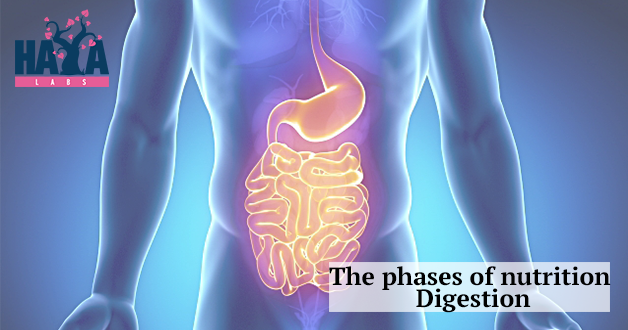
The phases of digestion
0
1648
Is there anyone who has not heard that "we are what we eat"? Hardly! But this thought is both true and inaccurate because we are more of what we digest, absorb and transport to our cells.
Do you know what happens to your food from the moment you bring it to your mouth? Do you know how many hours travel through different structures of the digestive system and what happens in each phase?
Let us understand to emphasize once again how important it is to take care of good digestion and optimal functioning of the digestive system because it is not by chance that the gastrointestinal tract is called the "second brain".
.jpg)
From food to micro- and macro nutrients
The optimally functioning digestive system can bend and absorb about 97% of the food we eat, but this percentage may drastically decrease in the presence of various bowel diseases, food intolerances, the prevalence of bad bacteria in the intestinal flora and others.
The main function of the digestive tract is to extract important substances from the food, protect it from the harmful microorganisms trying to enter the bloodstream and discard the residual waste at the end of the process.
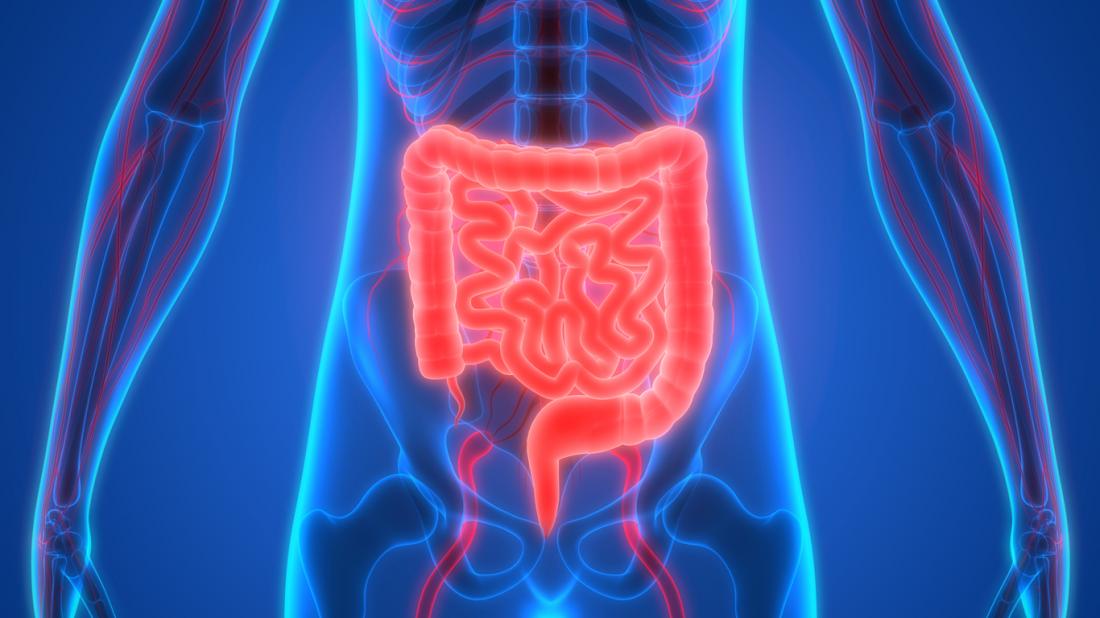
From the mouth to the intestines or what is the structure of the digestive system
After chewing the food well and swallowing it, she goes on a few-hour adventure in the digestive system.
Why a few hours? Because its length varies between 6 and 7 meters - something impressive, especially against the backdrop of human growth.
It starts from the mouth and ends with the anus.
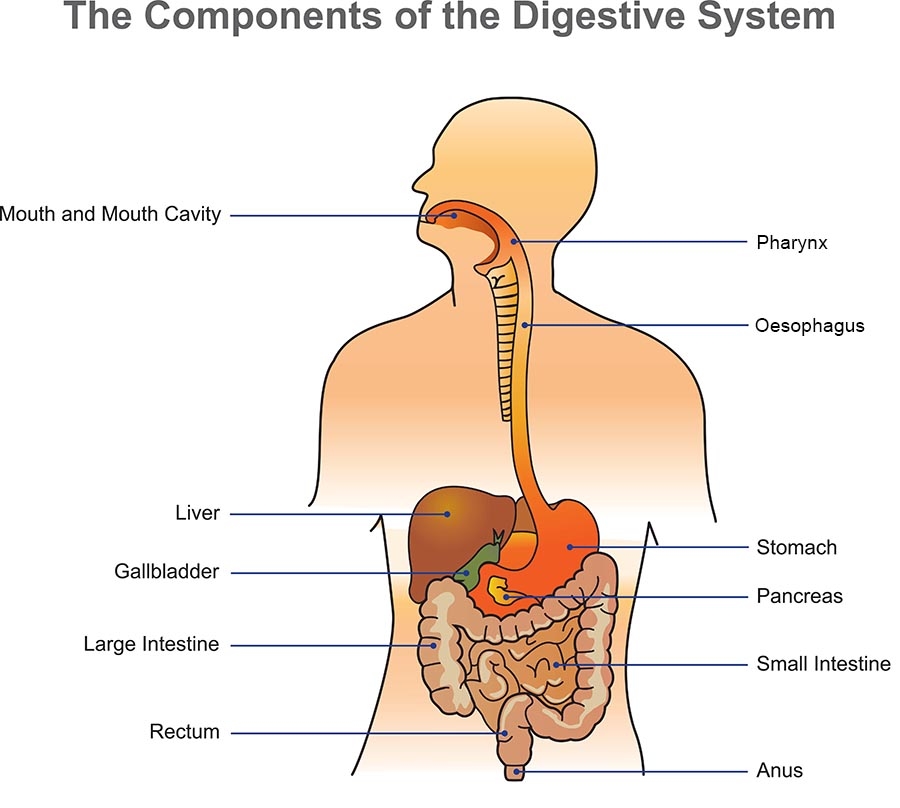
We will look at the following parts of the structure in some detail:
- oral cavity;
- esophagus;
- stomach;
- small intestine and colon (and their individual parts).
The mouth is the entrance of the digestive system, where food enters and is broken down into smaller particles by chewing. Additionally, with the help of saliva, these particles disintegrate.
It is important to mention that in some cases a small part of the absorption of the substances occurs precisely in the mouth. It involves mechanical and chemical processing of the food. Mechanical is through the teeth, tongue, and muscles of the cheeks and at this stage we have fragmentation and tearing of the food which, through the saliva, becomes wet and becomes a bolus.
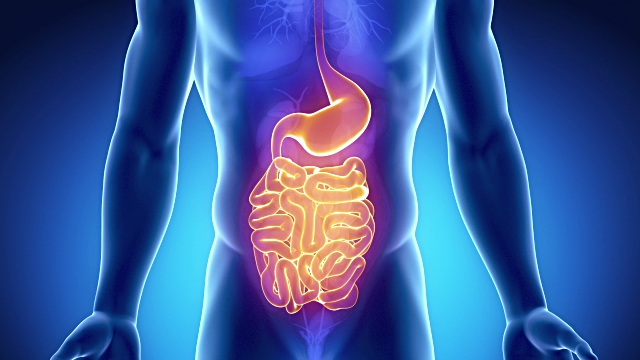
Saliva is responsible for the chemical treatment because it contains various substances, including enzymes (for example, amylase, maltase, lipase).
Salivary glands in the mouth produce about 1.5 l of saliva per day.
So the bite of food chews and forms with the help of saliva then passes through the swallow (pharynx) and enters the esophagus to continue its path to the stomach.
The name of the esophagus comes from ancient Greek and shows the function of that part of the digestive system, namely, to transport the food from the mouth to the stomach.
The esophagus ends with a one-way valve called a lower esophageal sphincter or a card whose function is to allow food and fluids to enter the esophagus into the stomach but to prevent them from returning back to the esophagus.
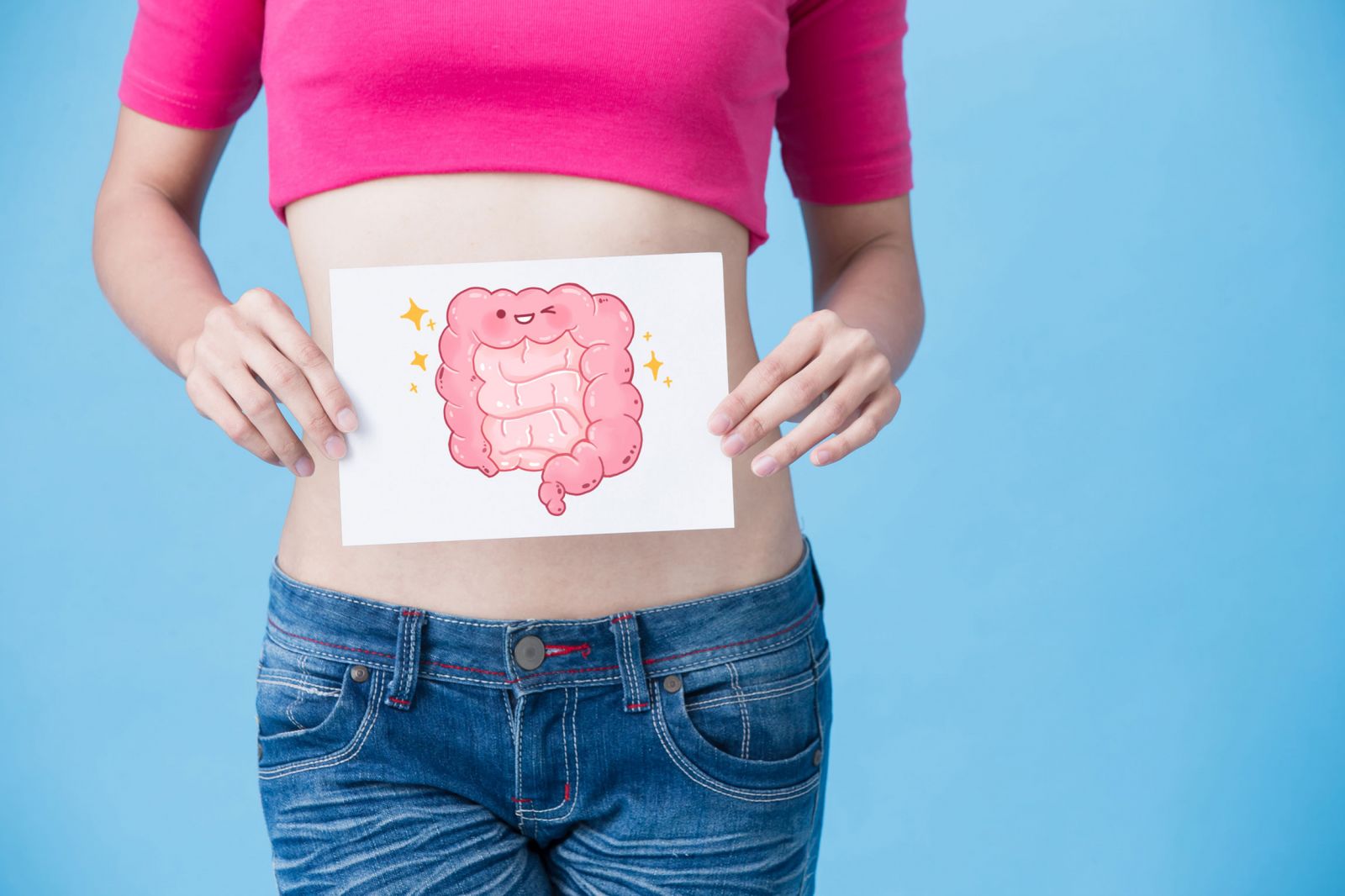
It happens, however, that the sphincter does not close properly (or completely) or opens at the wrong time. Then there is gastroesophageal reflux accompanied by a burning sensation, pain, nausea.
Digestion in the stomach
The stomach is where the main digestion of food starts. It is located between the esophagus and the small intestine.
read more
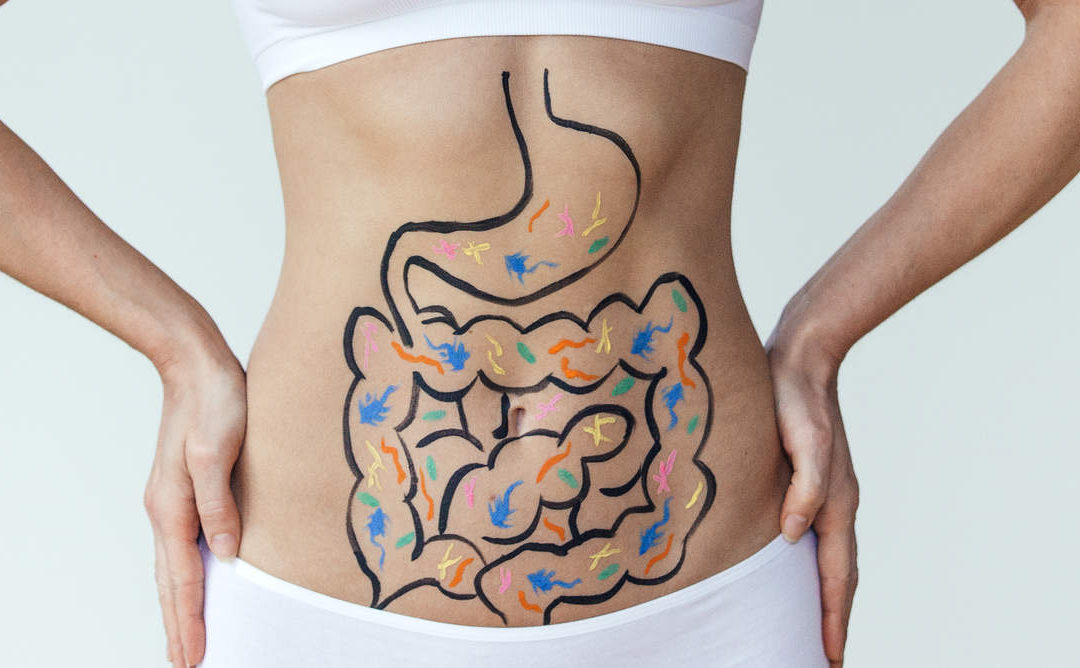
Stomach acid also has another important function - to destroy most of the pathogens that enter the food. Acidity is high - during digestion, the pH value is close to 1.
A curious fact is that the empty stomach is very small, but depending on the food and fluids it can increase its volume up to 50 times and reach almost 4 l capacity.
Once a portion of food is in the stomach, the gastric juice and the enzymes contained in it begin to work on it. The stomach mushroom shuffles the food to allow it to come into contact with stomach juice as much as possible, thus reducing the digestion time while improving its performance. The stomach is made up of four layers, each of which has its own specificity, but together they are responsible for transporting the food to the intestine through the stomach muscles.
.jpg)
The next step of the meal, already converted into a mess, is to enter portions of the duodenum, which is controlled by a muscular opening.
This penetration becomes slow, and the slurry includes partially digested food, water, acids, and digestive enzymes. The time to empty the stomach varies between 1 and 4 hours, depending on the amount and composition of the food.
End of part 1..







